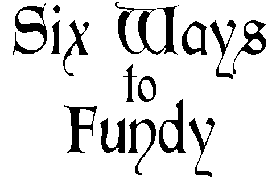
Six Ways To Fundy
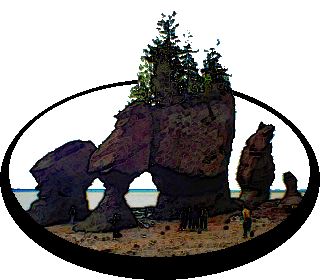

23 May 2022
The North Atlantic Arc Home
| May |
| S | M | T | W | T | F | S |
| 5 | 6 | 7 | ||||
| 8 | 9 | 10 | 11 | 12 | 13 | 14 |
| 15 | 16 | 17 | 18 | 19 | 20 | 21 |
| 22 | 23 | 24 |
 |
|
Monday 23 May 2022--The construction of the Canadian Pacific Railway in
the 1880s was a project fraught with technical difficulty, financial crisis, and
political scandal. The manager who got it done was an American named William
Cornelius Van Horne. Without his efforts, the Canada we know today might
well not exist. Born in Illinois in 1843, he left school at age 14 when "he was so
severely punished for drawing and circulating some unflattering caricatures of
his principal that he never went back [Dictionary of Canadian Biography]." He
started his railroad career in the telegraph office of the Illinois Central Railroad
and worked his way up, learning every aspect of the business. By the age of 43,
he had been general manager, president, and general superintendent of several
different railroads, attracting the attention of the principals of the CPR. First
as general manager and later as president and chairman of the board, he
provided the visionary leadership that not only made the CPR profitable, but
also led to the settlement and development of the Canadian West. He would
later be involved in rail projects around the world, notably the construction of a
trunk railroad in Cuba. History is full of workaholic businessmen; Van Horne
was far more than that, being just as obsessive and successful in dozens of other
facets of life, many of them purely esthetic, in all of them self-taught. He
painted, sculpted, played the violin, raised and bred cattle and other animals,
appreciated fine food and drink, played a mean game of billiards, had a puckish
sense of humor, collected ancient Asian porcelain and pottery and Dutch and
Flemish masters and other fine art, had a hand in the design of many of the
Canadian Pacific's iconic hotels, on and on...read the bio linked above for more,
if you're interested. It beggars belief. "The biggest things are always the easiest
to do because there is no competition," he said. Surely he didn't have any.
Van Horne stayed at the Algonquin Hotel in St Andrews in 1889, while on an inspection tour of the New Brunswick Railway, which the CPR had just purchased. Charmed by the town, he subsequently purchased the nearby Ministers Island and built a summer home there. (The CPR also bought the Algonquin, which, I should note, was an earlier incarnation of the current hotel.) The estate included a large barn for breeding Clydesdales and Dutch Belted cattle, gardens, a carriage house, a bathhouse, a windmill, and of course Van Horne's summer manse, which he named Covenhoven. The whole is now a National Historic Site. When I passed through St Andrews in 2012, I intended to visit Ministers Island; misled by the variable scale of a tourist map, I thought I would walk there. It turned out to be a bit far, and I never made it over. I've been thinking about it for almost ten years. Today's my chance. Ministers Island is accessible via a gravel causeway exposed at the lower half of the tide. It got its name when it was owned by the Reverend Samuel Andrews in the 1790s. The good Reverend was cut off from his parishioners for half of each day...maybe that was the idea. It was his descendants who sold the island to Van Horne. The historic site opens at 10:00 this morning, and I follow a line of cars over the bar and down toward Covenhoven, at the southern end. My fellow visitors and I are given an overview by one of the guides in the large front room. Then we are allowed to explore the house at will. It's quite large, and having been added on to several times, seems pleasantly haphazard in layout. When Van Horne died in 1915, his daughter Adaline inherited the estate, and kept it up until her death in 1941. It then passed to Adaline's widowed sister-in-law, Edith Bruce, who was less enthusiastic; and then to Edith's daughter Beverley Ann (Van Horne's granddaughter), who seemed not to care for it at all. In 1961, she sold it to a developer who failed to make anything of it, and passed it on to another developer who did likewise. He then auctioned off the contents of the house, and the island, in 1977. At this point, the Province of New Brunswick got involved, purchasing the estate and beginning a long process of restoration. The island was closed to visitors until 2006, and is now operated by a non- profit agency. Some of the original furnishings have been reacquired; the rest of what's in the house now is suitably contemporary replacement. (Compare the ninth photo below with the ninth one from 25 August 2012, taken in the Algonquin--it appears to be the same carpet.) I ask a guide about the name Covenhoven, which I assume is Dutch, but does not translate from modern Dutch. She tells me it's a family name, and means "safe harbor". Of course--it's the same word as the Danish Copenhagen. I visit the bath house down at the shore, and the carriage house and windmill behind the main house. Then I drive up to see the barn and creamery. The Reverend Andrews' cottage is nearby, awaiting restoration. The northern half of the island is mostly forested, and there are trails around that I'd like to explore, but my feet are beat. I'm done. Driving across the bar and back to town, I realize that my trip is just about done- -Ministers Island was the last thing on my agenda. All that's left is pints on the terrasse at Saint Andrews Brewing Company, dinner at the Harbour Front, and another pint or two. I'm off away home in the morning. Next |
Around St Andrews
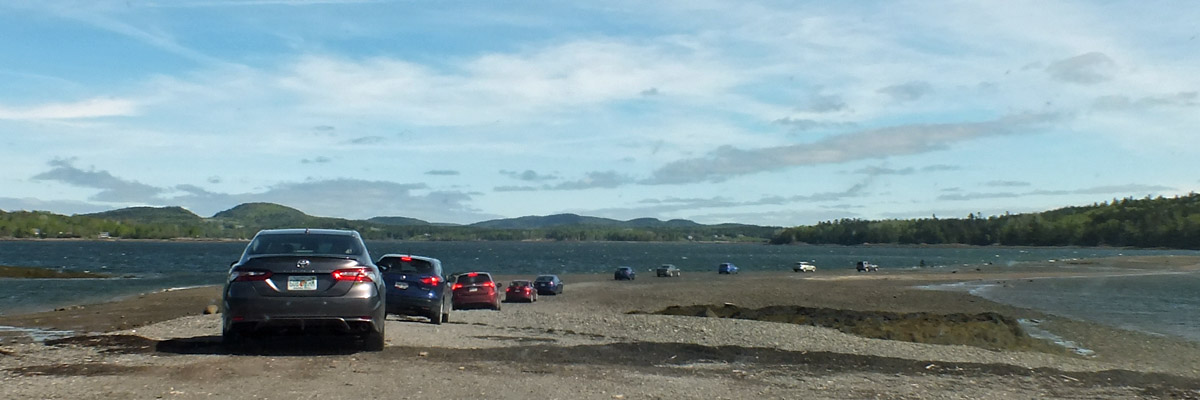 |
Gravel Bar
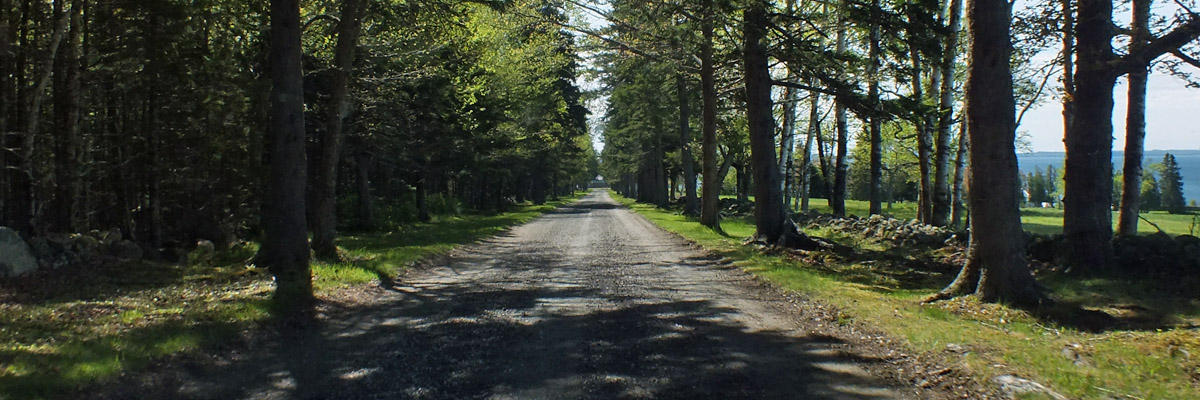 |
Ministers Island
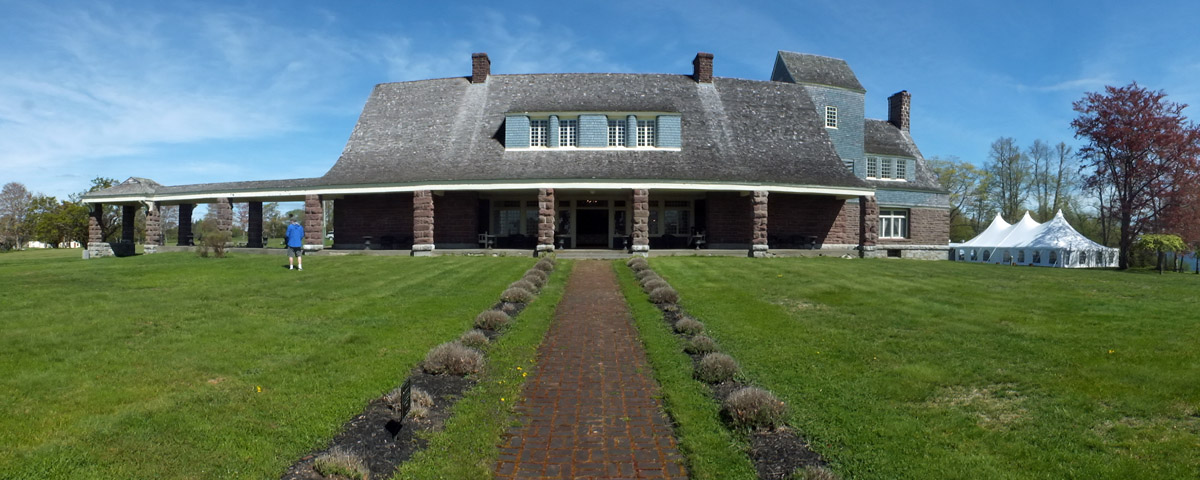 |
Covenhoven
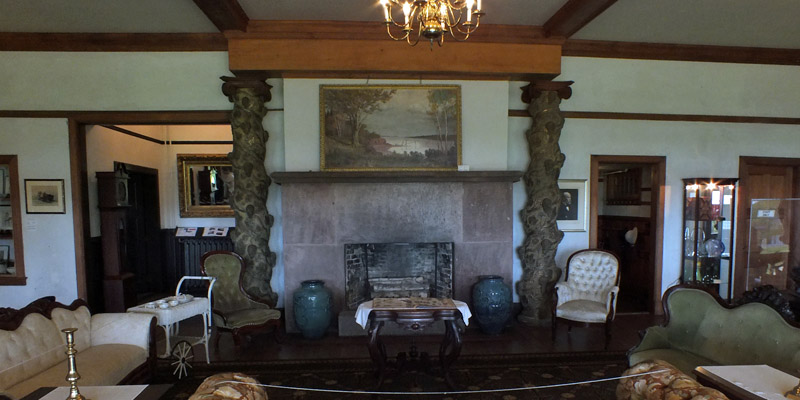 |
Covenhoven
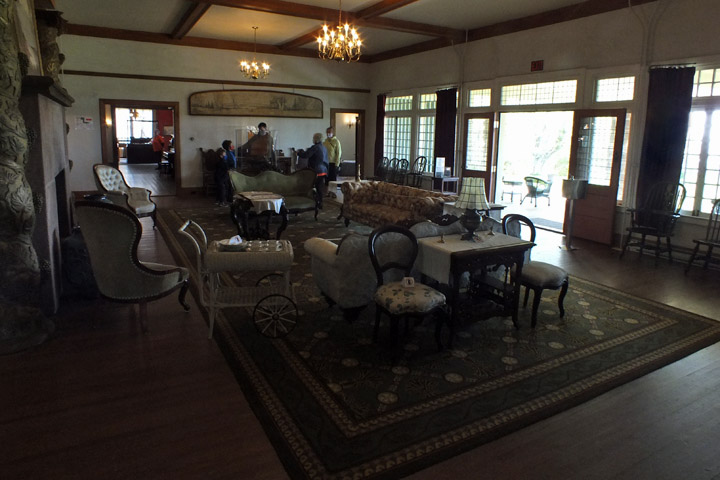 |
Covenhoven
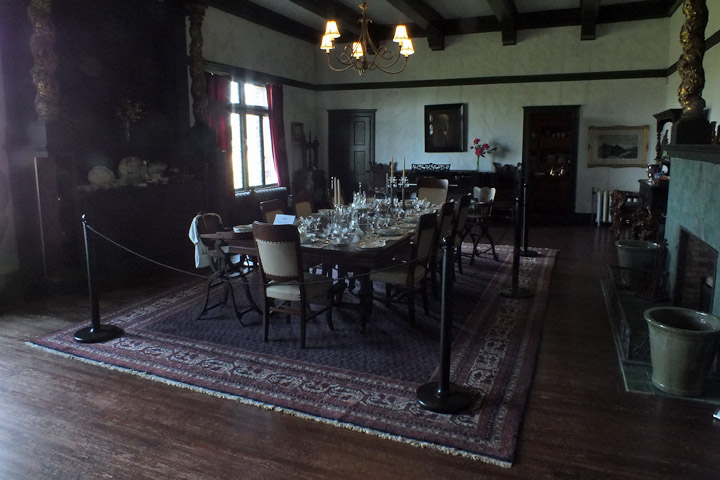 |
Covenhoven
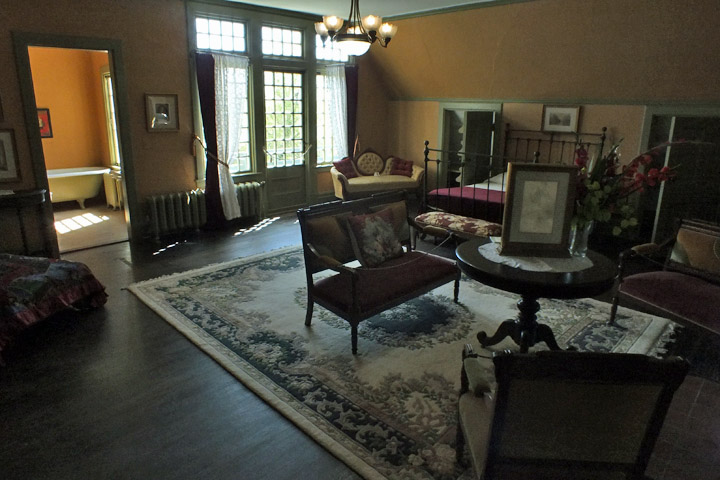 |
Covenhoven
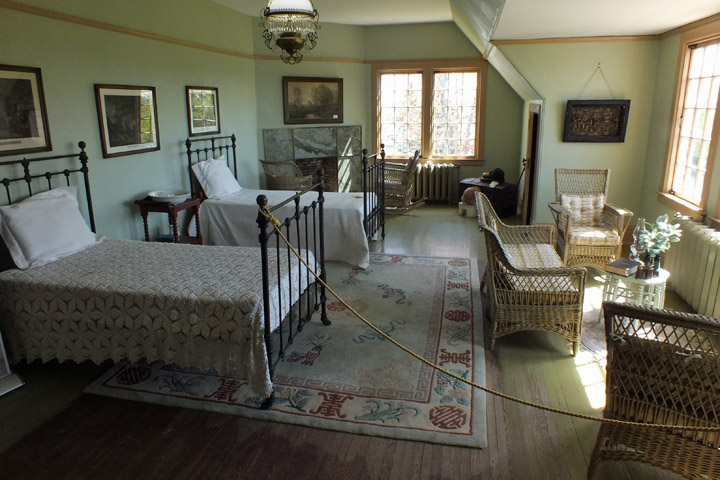 |
Covenhoven
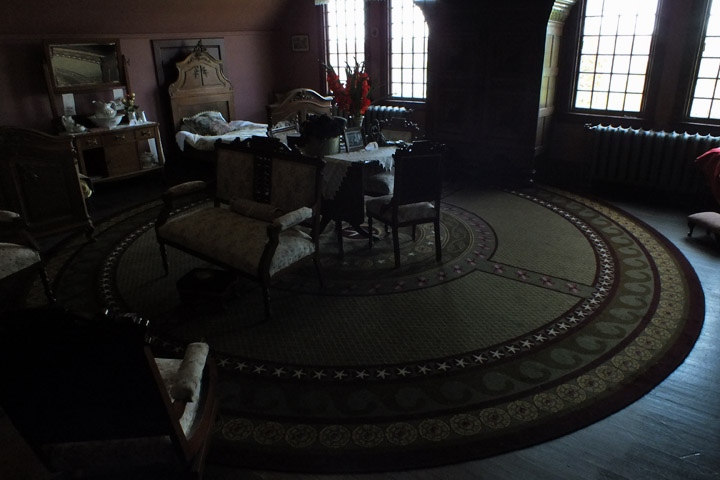 |
Covenhoven
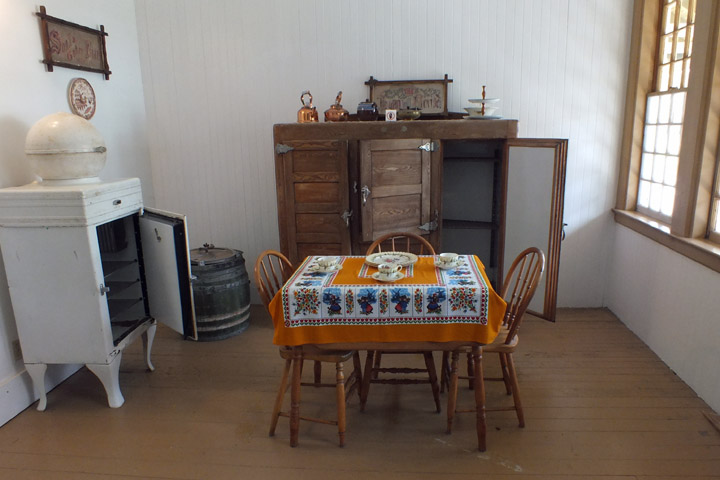 |
Covenhoven
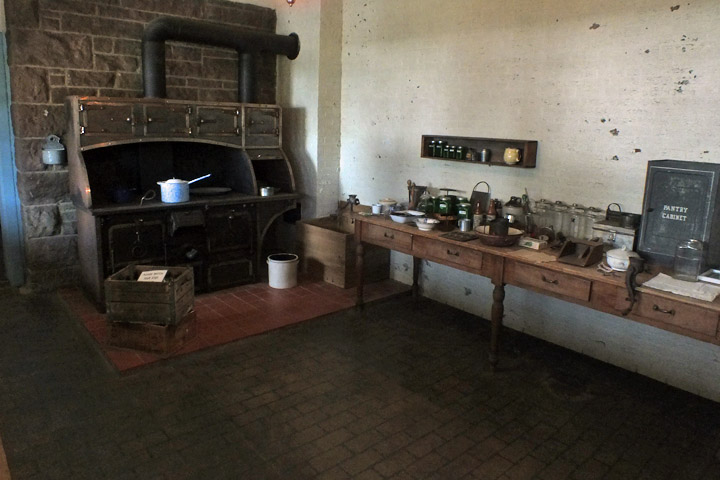 |
Covenhoven
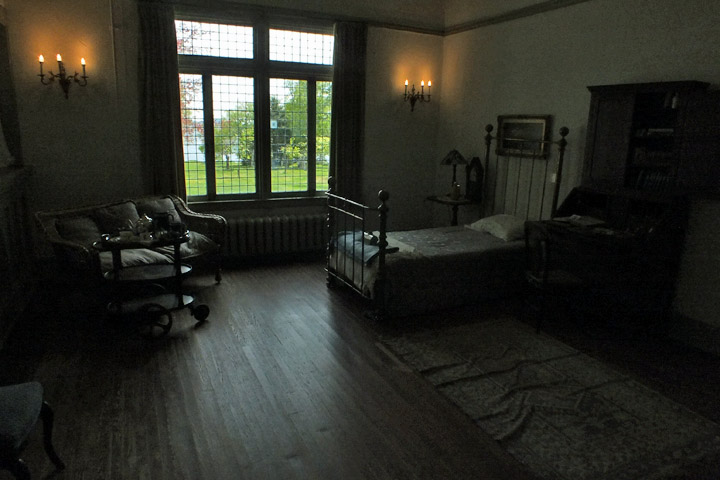 |
Covenhoven
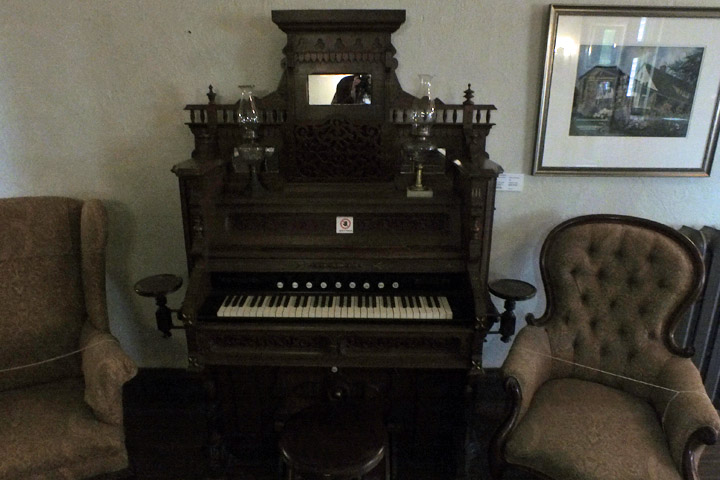 |
Covenhoven
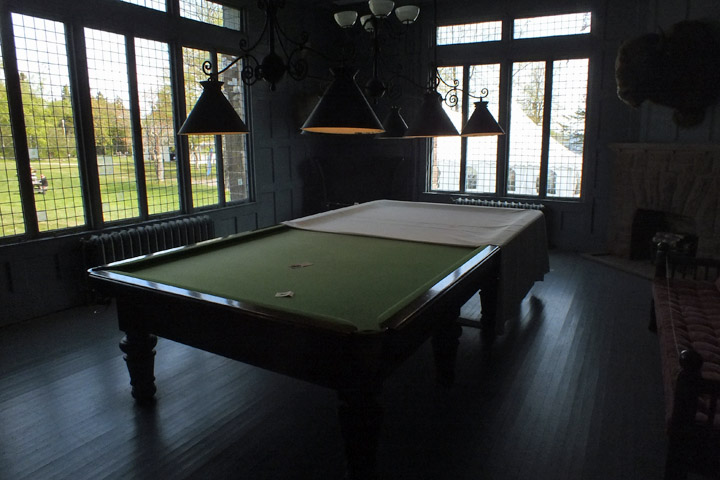 |
Covenhoven
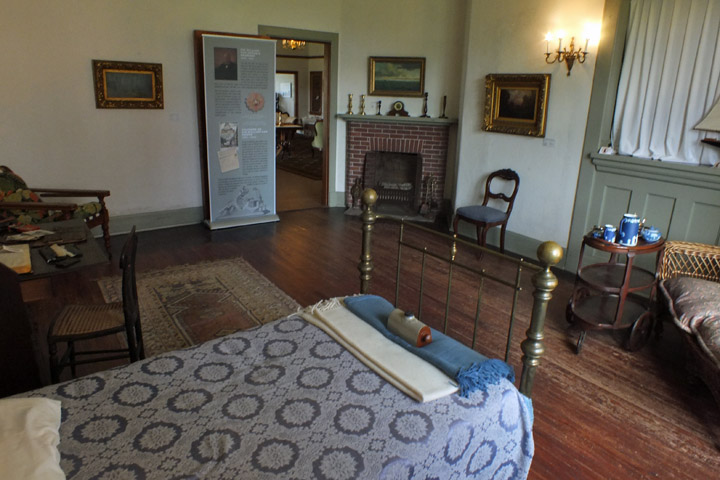 |
Covenhoven
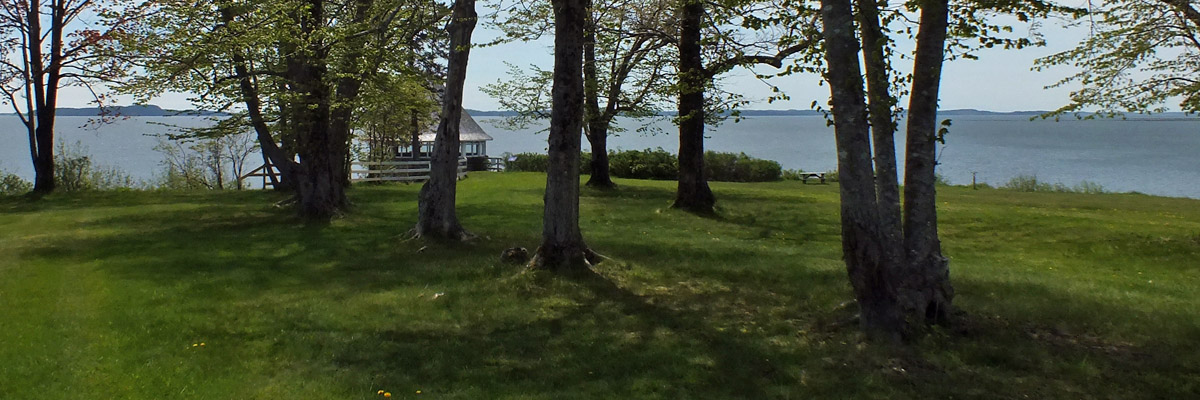 |
Down To The Sea
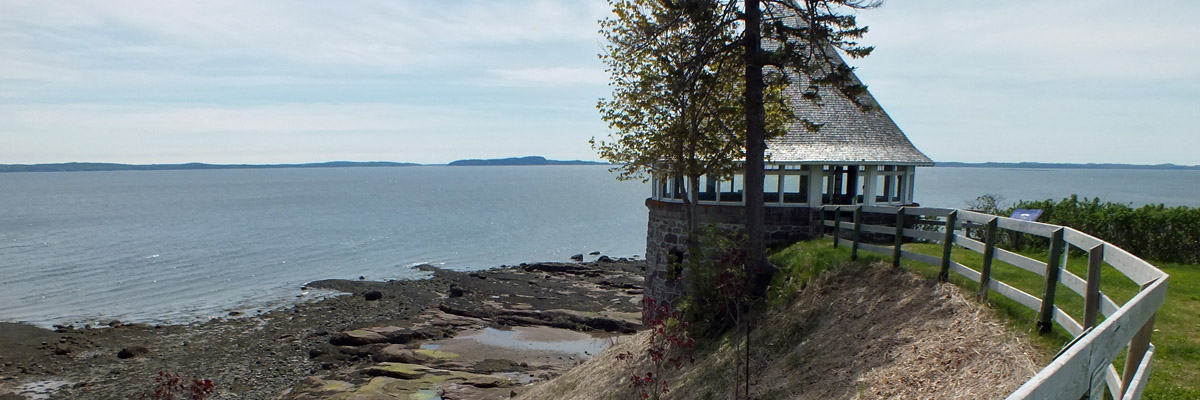 |
Bathhouse
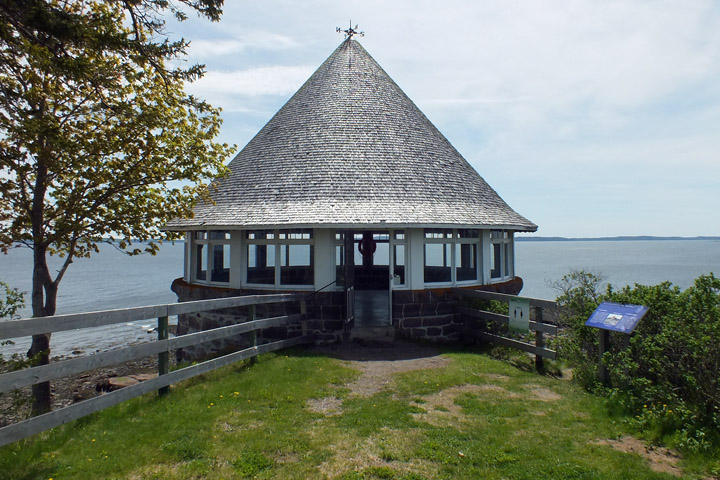 |
Bathhouse
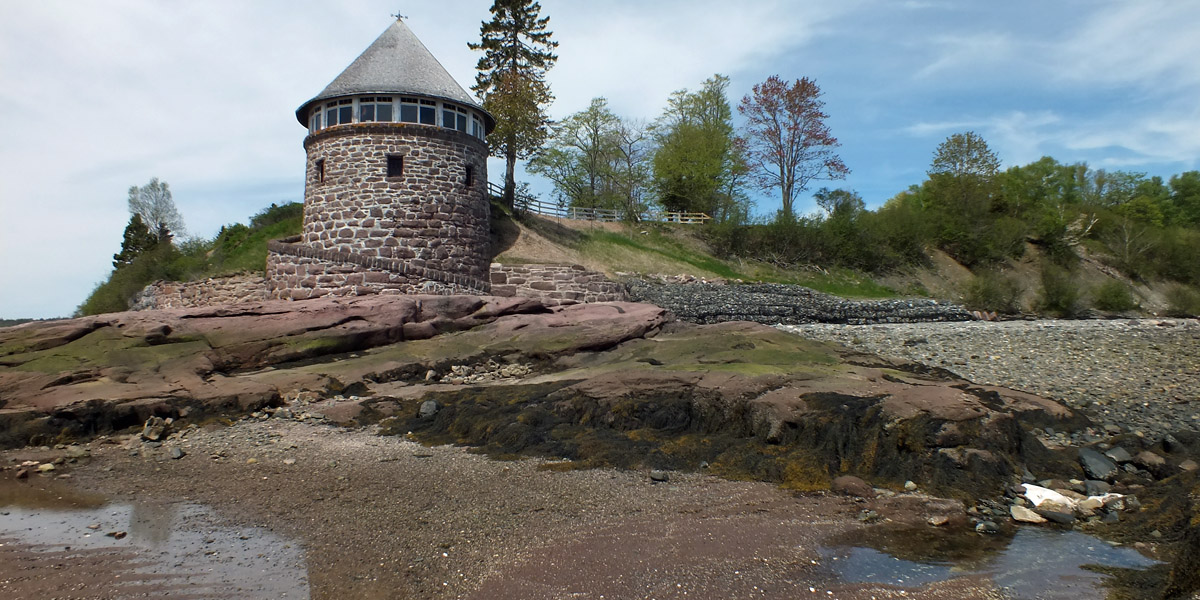 |
Bathhouse
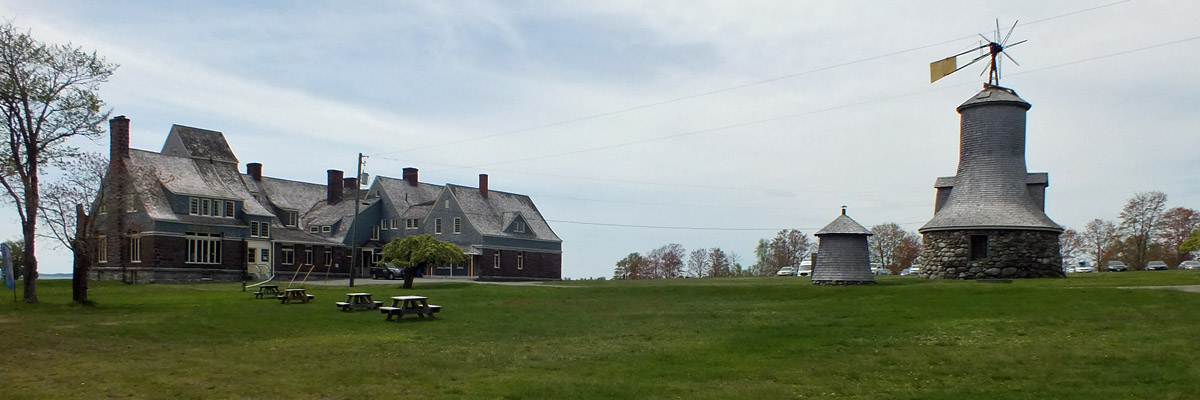 |
Covenhoven
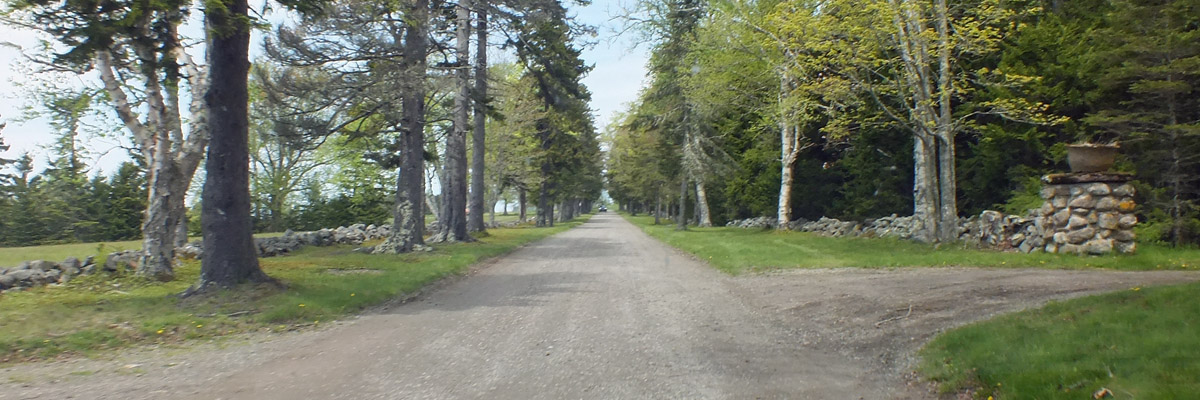 |
Ministers Island
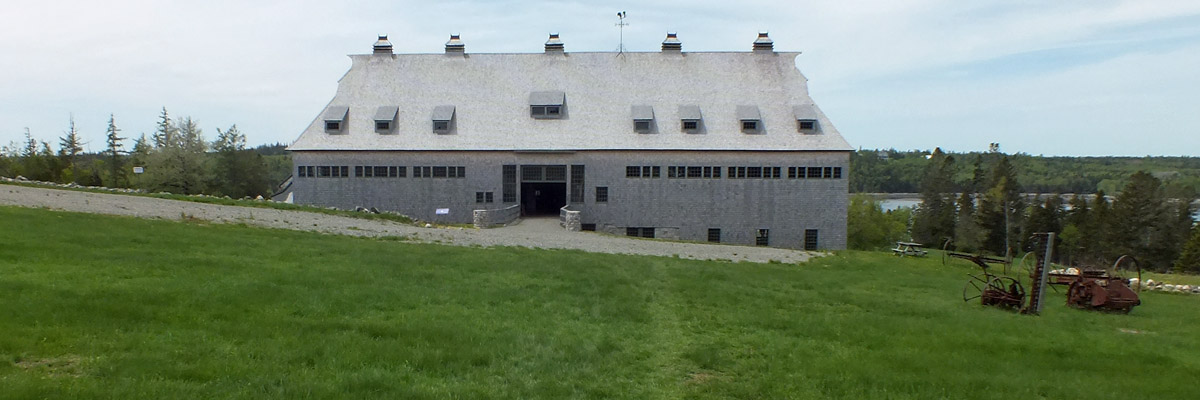 |
Barn
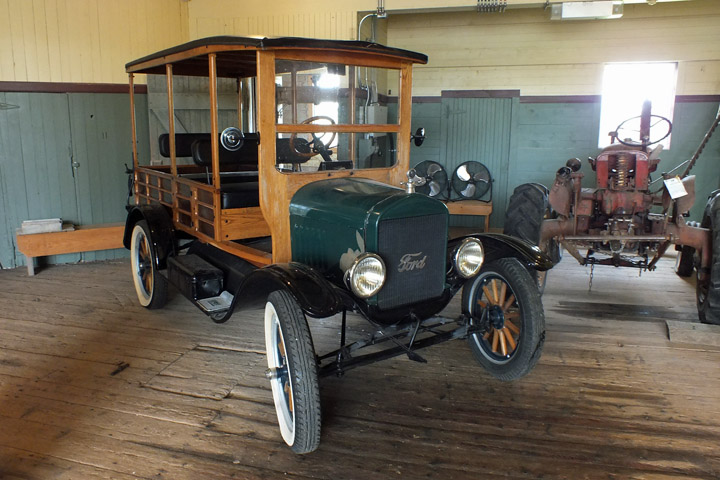 |
Ford
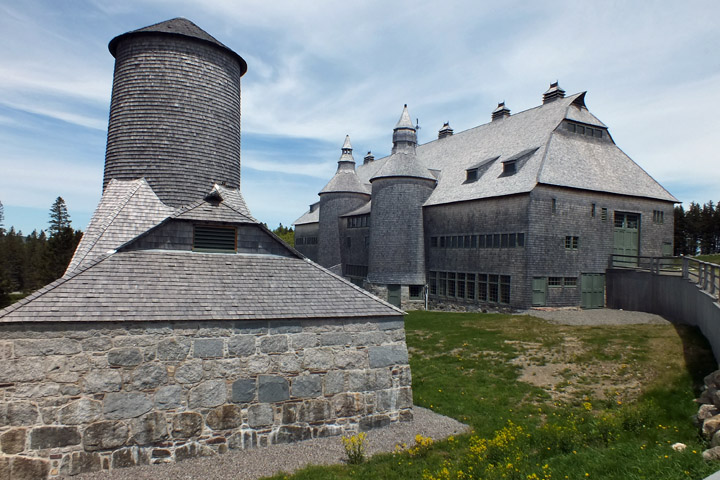 |
Creamery And Barn
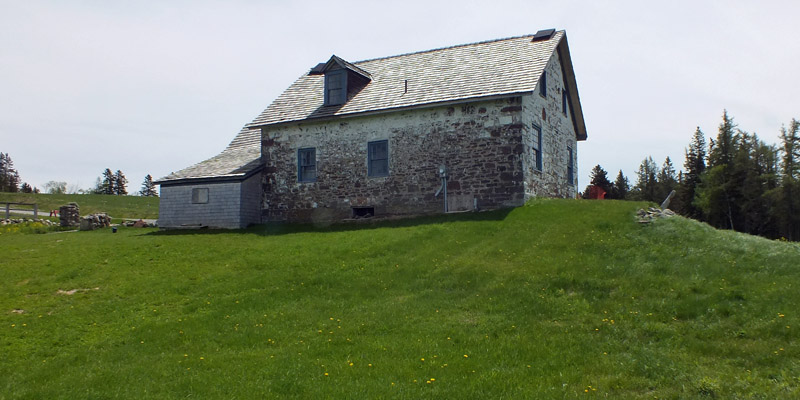 |
Reverend Andrews' House
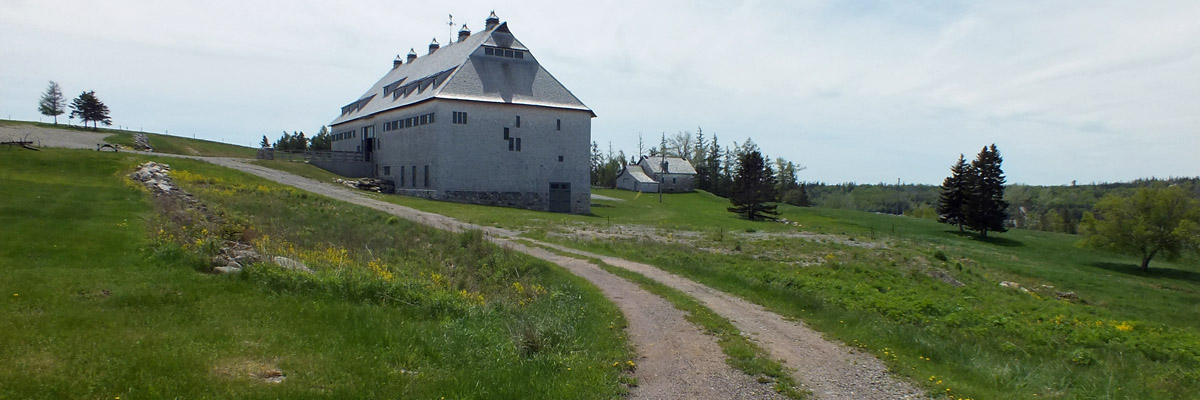 |
Barn
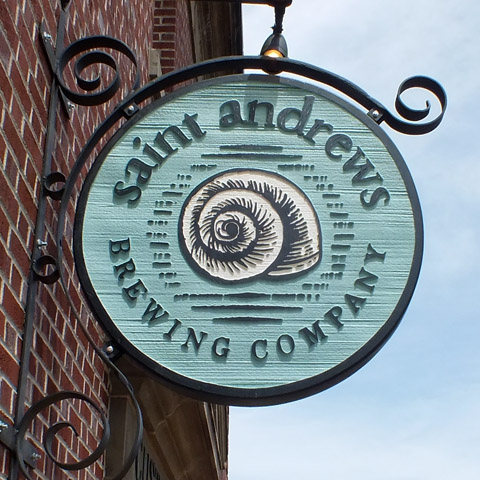 |
St Andrews Brewing Company
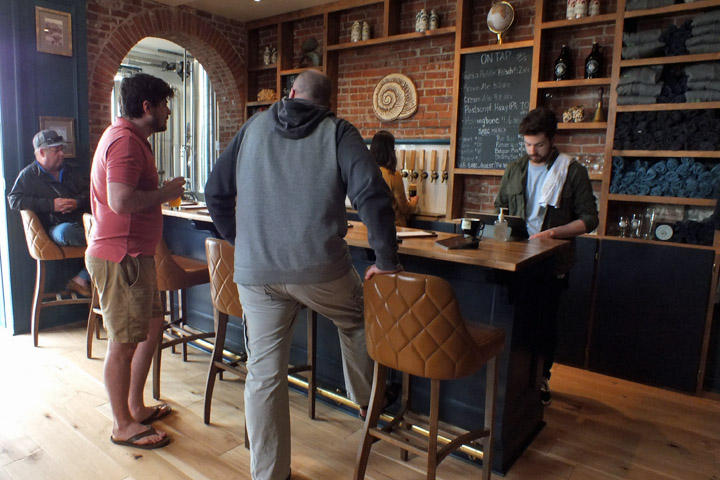 |
St Andrews Brewing Company
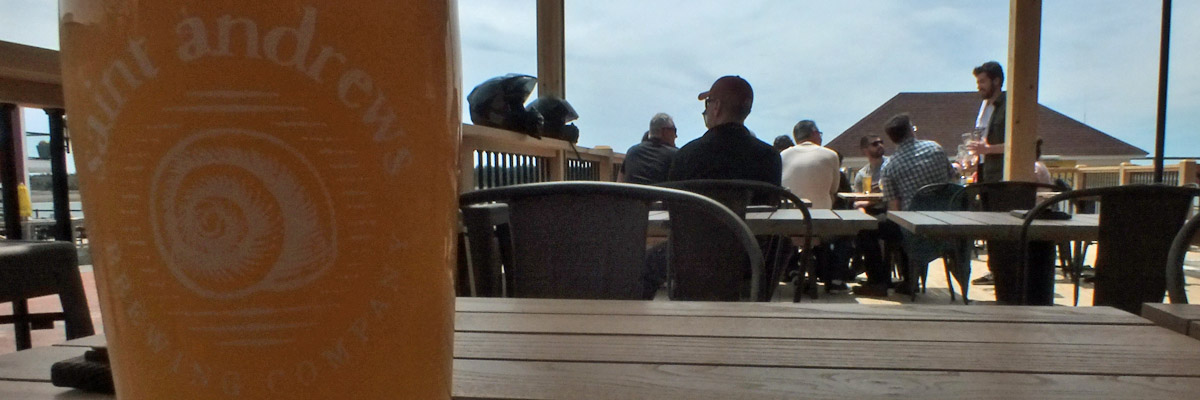 |
St Andrews Brewing Company
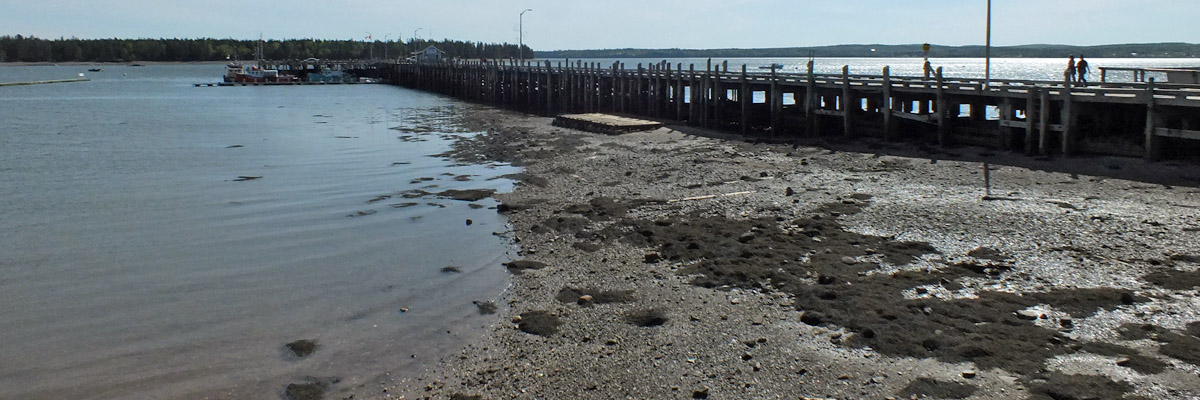 |
St Andrews
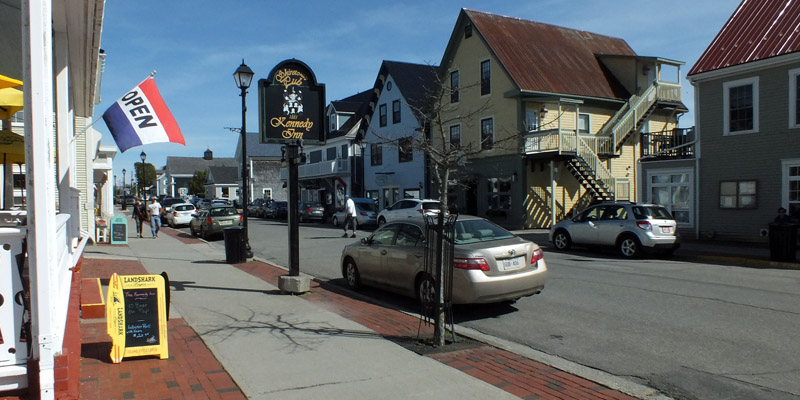 |
St Andrews
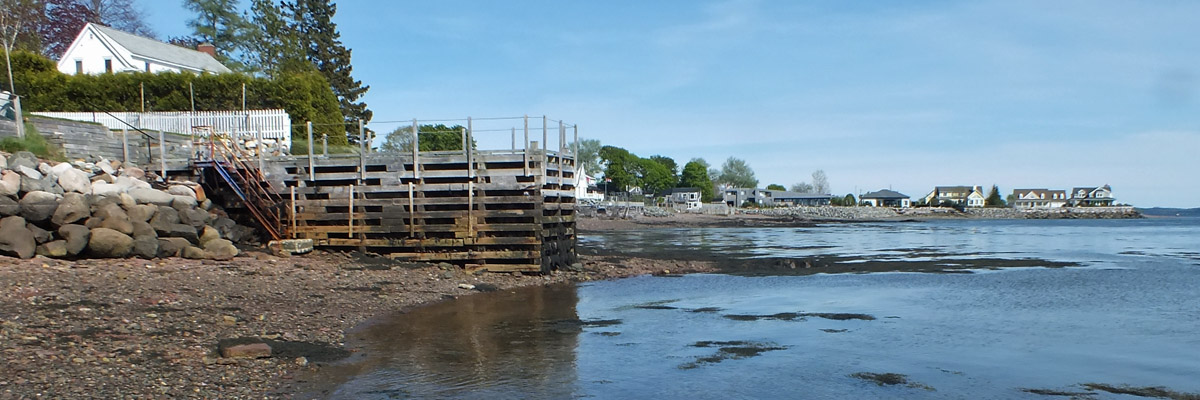 |
St Andrews
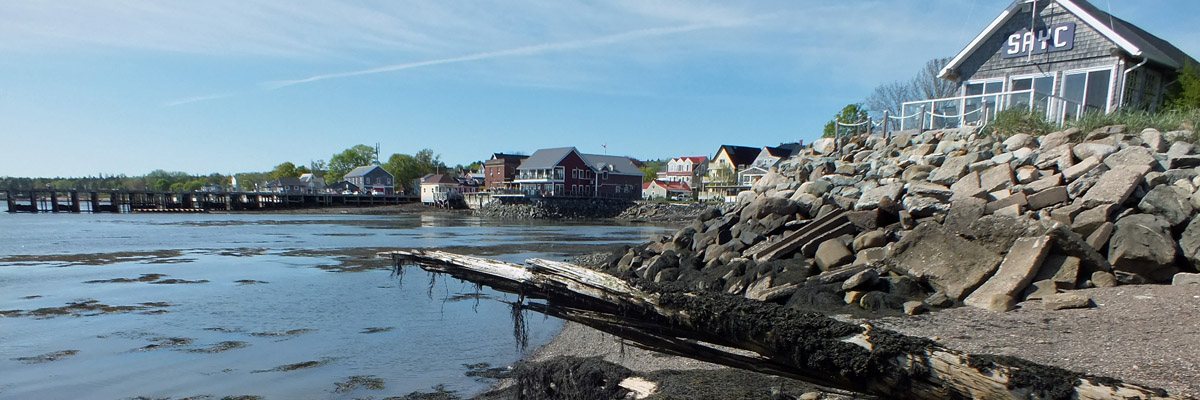 |
St Andrews
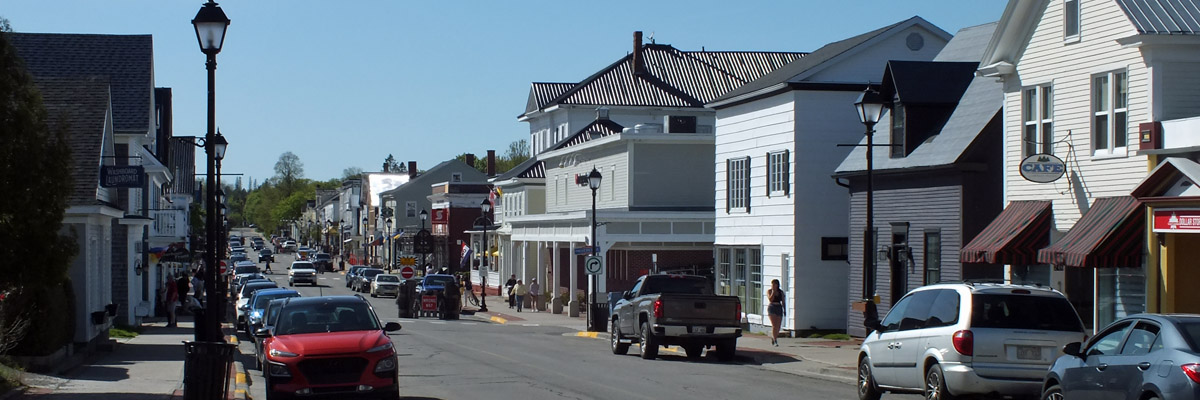 |
St Andrews
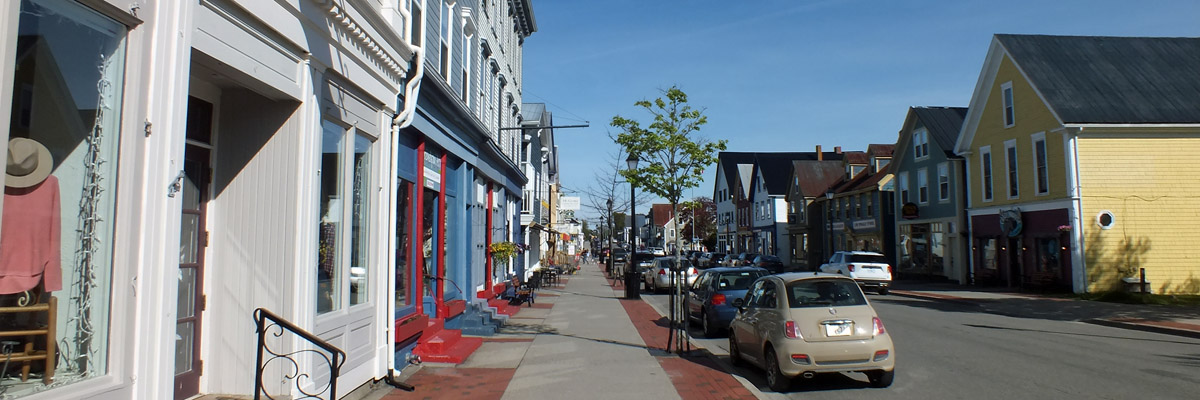 |
St Andrews
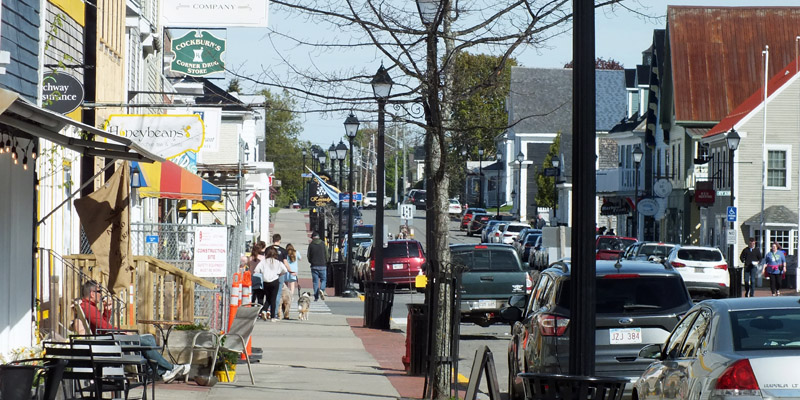 |
St Andrews
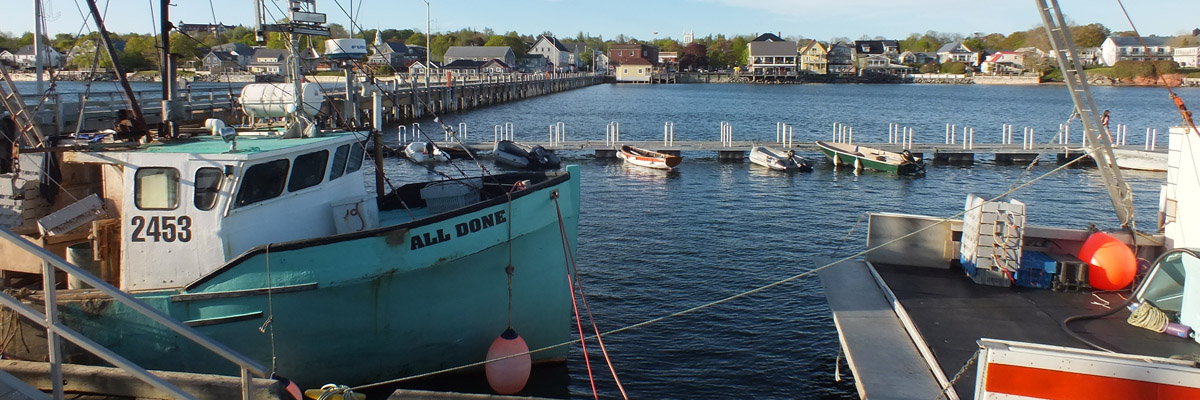 |
St Andrews
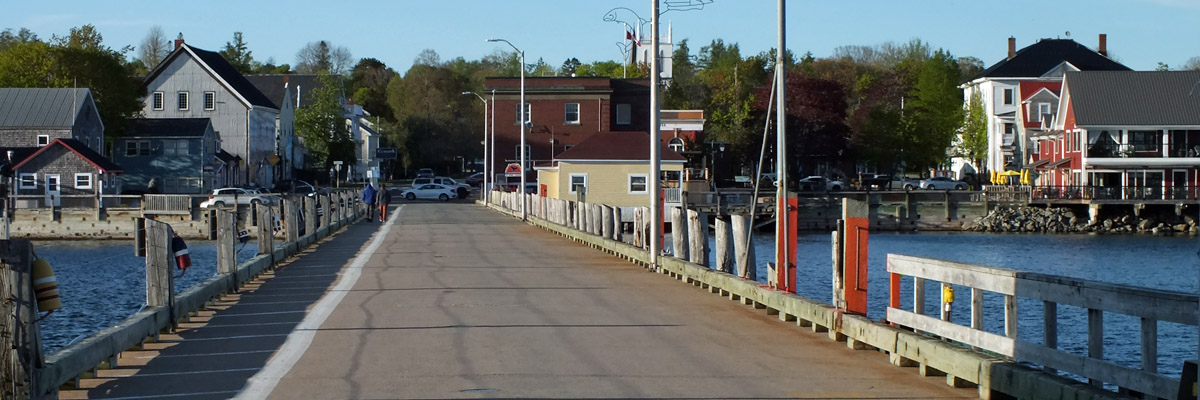 |
St Andrews
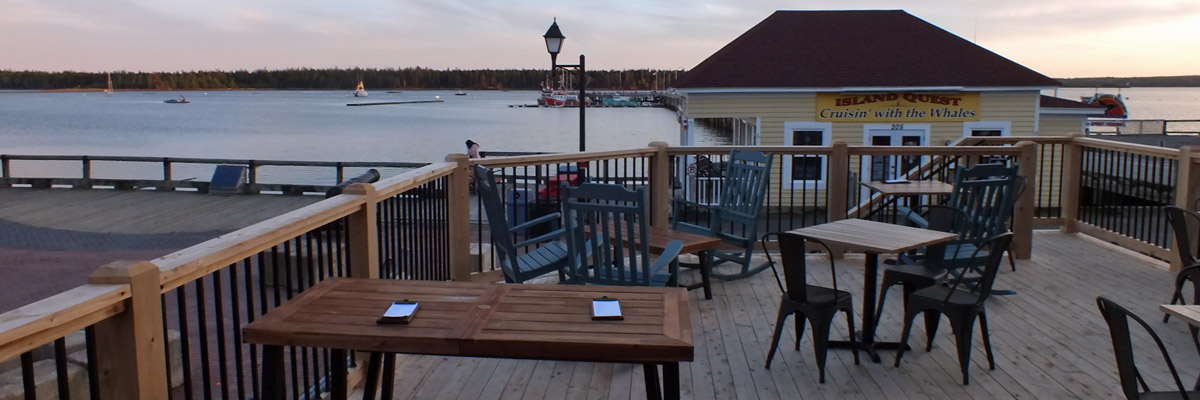 |
Nightcap
Next
| May |
| S | M | T | W | T | F | S |
| 5 | 6 | 7 | ||||
| 8 | 9 | 10 | 11 | 12 | 13 | 14 |
| 15 | 16 | 17 | 18 | 19 | 20 | 21 |
| 22 | 23 | 24 |
The North Atlantic Arc Home
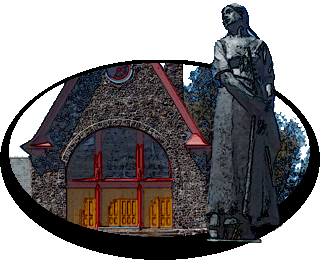
Mr Tattie Heid's Mileage
Results may vary
MrTattieHeid1954@gmail.com